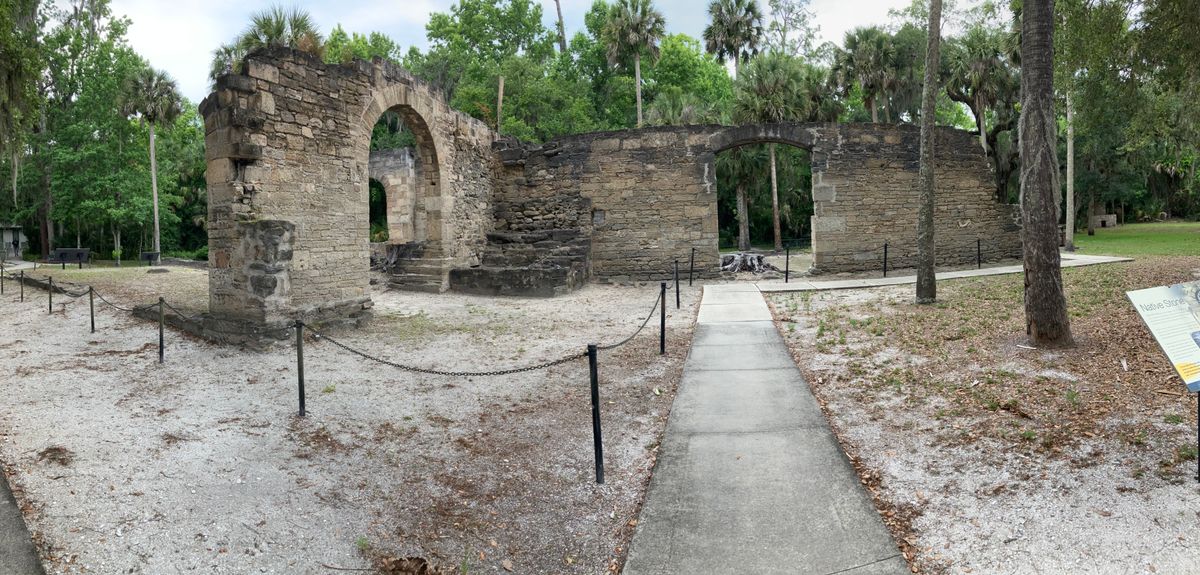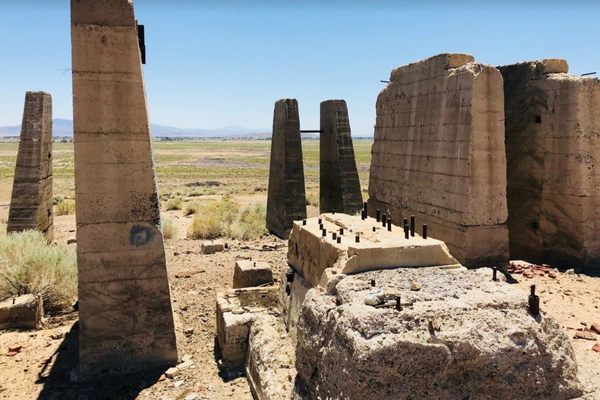About
New Smyrna Beach is the second-oldest city in the state of Florida. As early as 2000 BCE, Timucuan Native American populations thrived in the area until widely being wiped out by war and diseases brought by European settlers. Dr. Andrew Turnbull, Scottish physician and entrepreneur, settled here in 1768 and named the area Smyrna in honor of his wife who was born in Smyrna, Asia Minor (now Izmir, Turkey). New Smyrna became the largest British colony attempt in the New World.
Henry Cruger and William dePeyster bought 600 acres of land here in 1830 and established a sugar plantation. The plantation originally consisted of a sugar mill and a saw mill, both built from coquina quarried in the area. Coquina, or "tiny shell," was first used by the Spanish. It contains mollusk shell fragments and quartz sand, bound together by calcium carbonate. Machinery for the mills, much advanced for the time and area, consisted of steam-driven rollers financed by investors from New York. During the Second Seminole War in 1835, the mills and surrounding buildings were burned down by the Seminole Indians, aided in part by the plantation's own slaves.
The area was placed on the U.S. National Register of Historic Places in August 1970. Now maintained by the Florida Park Service as a State Historic Site, visitors are free to roam among the ruins, walk along nature trails, and picnic under pine and oak trees.
Related Tags
Community Contributors
Added By
Published
January 18, 2016



































































































